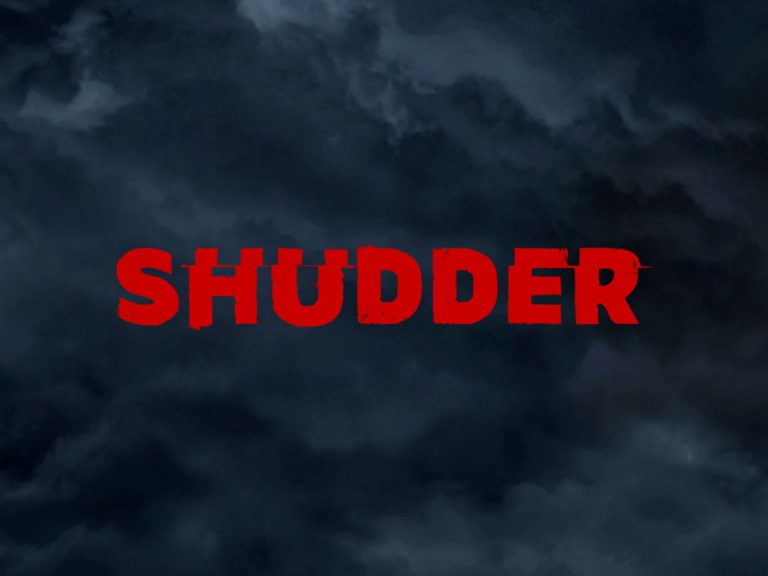
This is the second chapter of Tamaki’s first arc on Detective Comics. Last month’s episode was fun, even though it was mostly setup for the rest of the story. My main complaint about the previous issue was that the creative team and editors weren’t paying as much attention to detail as I would have liked. Needless to say, in a detective story the details matter. Reading a detective story can be like solving a puzzle, and writing one even more so. Does #1035 deliver? Let’s have a look.

Something that I’ve been noticing across the handful of Tamaki’s comics that I’ve reviewed so far, is that the writer has a tendency to over-write every now and then. What I mean by this is that, sometimes, she uses more words than necessary or puts in dialogue or monologue that just doesn’t add much to the given scene. While I think that #1035 is a lot better in this regard, it does still come up. For example, there is a commentary on police investigations, and in this commentary Tamaki compares fictional cop shows to real world cops. The commentary concludes with a line that urges me to read and it allows for a smooth transition to the next scene, so it gets some points for that. However, the commentary that leads up to that concluding line is just fluff: if it was cut out, the story would not have changed at all.
But, more importantly, why is this stuff even going through Bruce’s mind at that moment? I don’t think it’s appropriate for this character—who is all about focus, detective work and saving lives—to ponder the differences between fictional TV shows and the real world while he’s in the middle of a case. The concluding line also falls apart when you look at it through Bruce’s eyes: “The truth is that people who go missing in Gotham aren’t coming home.” That’s a rather negative outlook. I don’t think that Batman should be thinking about this stuff in this way. He should be determined to save the victim. That should be his focus. I think it’s important that writers should consider more carefully what Batman’s mindset would be and, if they plan to include it, the inner monologue should reflect that mindset. This sounds rather obvious, but I do find that quite a few writers miss the mark here.

Yet, even when the voice matches the character, the way in which Batman goes to work still needs to make sense. In order to figure out what happened to Sarah Worth, Batman starts monitoring police radio, emergency lines and city workers for information by listening in on them from one of his micro-caves. Consider how many different channels he is listening to in this moment. Consider how many he can physically listen to at once. Now consider the odds of him catching a random construction worker that’s reporting a tampered manhole at the exact right moment. To me, this is much too convenient and manufactured. It especially becomes questionable when, in the next scene, Batman deduces that Sarah must have been taken into the sewers in an organic and believable way, which renders the previous monitoring-scene pointless. Cutting that scene entirely would have streamlined this comic. This is something that editors need to look for.
One more point of criticism: it is established in this issue that the Worth family comes from old money and that they built half of Gotham. If that’s true, then why didn’t we ever hear about them? It would’ve been fine if the Worth family was always rich and always around, but the statement that they built half of Gotham—even if this is exaggerated and not meant literally—is problematic because this means that they are also a very powerful family in Gotham. The question is: how many rich, powerful families are there in Gotham, and how many of them are said to have built half the city? I just wonder if it would’ve been more interesting if Worth came from outside Gotham and so he could be introduced as a relatively new player in town, rather than trying to somewhat forcefully interweave his past with the city’s.
That said, I appreciate that the main action in this story is still detective work. I also appreciate the situation that Batman is in, as it reminds me of the Year One/urban legend era: nobody in Gotham knew exactly who this mysterious vigilante was. Batman was hunting criminals, but the cops were hunting him, which created a lot of suspense and excitement. It’s my favorite version of the character. Now, I understand that this isn’t for everyone. The argument that this stuff doesn’t work in the present continuity is valid: Batman has solved so many crimes, captured so many villains and saved so many lives at this stage, that nobody should doubt the man’s heroism anymore. On top of that, he’s even running with the Justice League! But I approach this with a slightly different attitude.

It makes sense to me that Batman’s being hunted by the cops again because these are Nakano’s orders. The Gotham police force has also famously been infested with corrupt officers and higher-ups, and I imagine there are plenty of characters wanting a piece of the Caped Crusader. Yet, even if we accept this, I think some will still argue that suspecting Batman of murder is a stretch. But to me this seems like a logical next step. Since Nakano and the corrupt policemen want Batman taken off the board, framing him for murder could be a way to accomplish that goal. I like this stuff in the story, it’s refreshing to see Batman going back to basics, even if this was caused by a story arc over in the main Batman title which I didn’t care for at all.
Both Dan Mora and Jordie Bellaire are back on art duties this month, which is great to see. This time, Bellaire’s colors look somewhat muted, which adds to the grim and moody tone of the story. But that doesn’t mean that this isn’t a colorful issue, as Bellaire’s work is always layered and detailed; on every page there is enough variation in color to create an interesting and engaging aesthetic. The colors also blend so well with the pencils and inks that at times it feels like this was all created by one person: it’s an incredibly cohesive final product.
Mora does most of the heavy lifting here. No matter what type of scene he is crafting—whether it’s an action sequence or a dialogue scene—his art is always very detailed. He’s an artist who goes the extra mile to draw interesting backgrounds and really build a world and an environment around his characters. When he does not draw such detailed backgrounds, that’s most likely by design because in those cases the focus is entirely on the character’s body language and facial expression, for example to show Batman’s reaction to an important discovery. What’s more, the action sequences in this issue are brief but they are kinetic, and even the quiet dialogue scenes are dynamic and fun to look at thanks to the creative page layouts, consistent character renditions and great camera angles. So far I have nothing but praise for this art team, and I cherish the opportunity to add their artwork to my collection.

The Huntress backup offers an okay setup for this short story. Huntress befriends a woman named Mary and watches over her as she goes on evening walks. Then something happens to Mary and Huntress is driven to avenge her friend. The artwork is solid, although the lack of backgrounds, particularly after looking closely at Mora’s art, makes this story look and feel a little bit hollow. I would also have appreciated a bit more character development for Mary, because I don’t think the creative team succeeded in giving me a reason to care about this character. For now, there just isn’t much to this backup yet, but I certainly didn’t mind reading it and I’m curious to see what happens next. I’m also glad that Bellaire has also colored the backup: though Clayton Henry’s art is very different from Mora’s, Bellaire’s colors help to maintain the same kind of moody atmosphere that we see in the main story, thereby creating the sense that both stories are indeed set in the same city.
Recommended if…
- You love stories where Batman has to evade the cops while chasing after the criminals.
- You want detective work in Detective Comics.
- Dan Mora and Jordie Bellaire are your heroes.
- You’re a fan of Huntress.
Overall: While I’ve criticized certain creative decisions in this review, I do find the story to be entertaining. The writing is mostly okay to good, and it’s the artwork that remains the true selling point of the book. In my opinion this is easily the best Batman art since the start of Rebirth, and I hope to see both Mora and Bellaire working together on this book more often. This is a dream team. If you’re mainly in it for the art, then get it while it’s hot!
Score: 7/10
Disclaimer: DC Comics provided Batman News with an advance copy of this comic for the purpose of this review.


